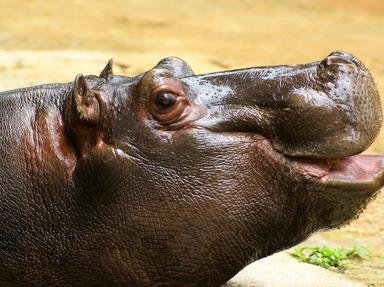Quiz Answer Key and Fun Facts
1. You definitely don't want to bump into this animal as you cavort around in the night. One whiff will tell you why skunks are to be avoided. Where did the word "skunk" come from?
2. A sugar glider is another nocturnal creature that you might find cavorting with you at night. What is one reason for this nocturnal creature's name?
3. Another cute nocturnal animal is the barn owl. Despite their cuteness, barn owls perform a vital function, capturing and eating rodents (typically voles and mice) each night. What is the weight of the rodents that each barn owl captures each night?
4. These crustaceans that borrow discarded seashells are actually nocturnal creatures. If you are cavorting on the beach after dark as you enjoy the nightlife, which frequent borrower might you come across as it scurries about the sand?
5. The red eyed tree frog is a nocturnal species native to neotropical rainforests ranging from Mexico, through Central America, to Columbia. In the early 2000s it was not listed as a species of concern, however there were some threats that conservationists had on their radar. Which of these two threats may eventually cause a problem for the red eyed tree frog?
6. What is the name of the world's largest nocturnal primate? Popeye would likely approve of this name.
7. Squeak, squeak, squeak, squeak . . . Time to oil that exercise wheel in your child's pet's cage. It has been keeping you up all night! What nocturnal animal, often kept as a pet, might be keeping you awake with a squeaky wheel?
8. If you are loving the nightlife in Africa, look out for this nocturnal animal! Even though its primary meals are fish, crabs, frogs, and other creatures that live around the water, coming across this sharped-tooth creature would cause a fright if you were out cavorting after dark in some African countries. What smallest species of this reptile would be scary to come across in Africa after dark?
9. This nocturnal creature can be found on every continent except Antarctica. It packs a heavy punch with its sting that can be deadly to humans. What nocturnal creatures also glow in the dark when exposed to black light?
10. Onychophora might not hurt you if you came across them while you are out cavorting in the Caribbean at night, but they are kind of gross. What is the common name for this nocturnal species that uses slime when hunting its prey?
Source: Author
Trivia_Fan54
This quiz was reviewed by FunTrivia editor
rossian before going online.
Any errors found in FunTrivia content are routinely corrected through our feedback system.
